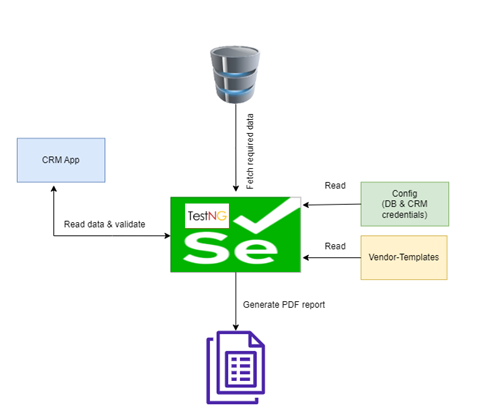Discover how our client revolutionized healthcare integration, achieving a remarkable 96% reduction in validation time.
Business Vertical:
Healthcare Technology
Region:
USA
Main Challenge:
Manually verifying code logic and data accuracy across diverse client setups post-integration.
Introduction
Business Need
Following the integration, the integration team conducts manual checks to verify whether the rules and logic coded as part of the integration are accurate and whether the data is displayed correctly in the application.
This encompassed ensuring precise data display within the application, particularly challenging due to the diverse and unique nature of each client's integration setup. The complexities of multi-client integration demanded a standardized, efficient approach to streamline the validation process across these varied setups. After an integration is completed,
Challenges
The manual validation process became time-consuming, compounded by the intricacies of each client's integration. With multiple clients, each having distinct integration needs, ensuring accurate data verification posed a considerable challenge. The variations across multiple client integrations magnified the complexity of validating and verifying data accuracy, requiring a scalable and adaptable solution to address these diverse challenges efficiently.
Solution
To address this requirement, we developed an automated process using automation framework for integration team. This automated and validated rules/logic created by the integration team. Our application reads the data from UI and database and then it compares against the rule given in template.
Solution Architecture

Technology Stack
- Java
- TestNG
- Selenium
- PostgreSQL
Result
- Once our client started using the automated tool for validating rules /logic they saved a lot of time, as the application validates the data and provides a detailed report.
- Previously it took hours to complete the validations but now it is done in a couple of seconds.
- The overall validation time was reduced by 96%.
Want to automate you healthcare Integration and verification? Reach out to us to save your valuable time and resources.

